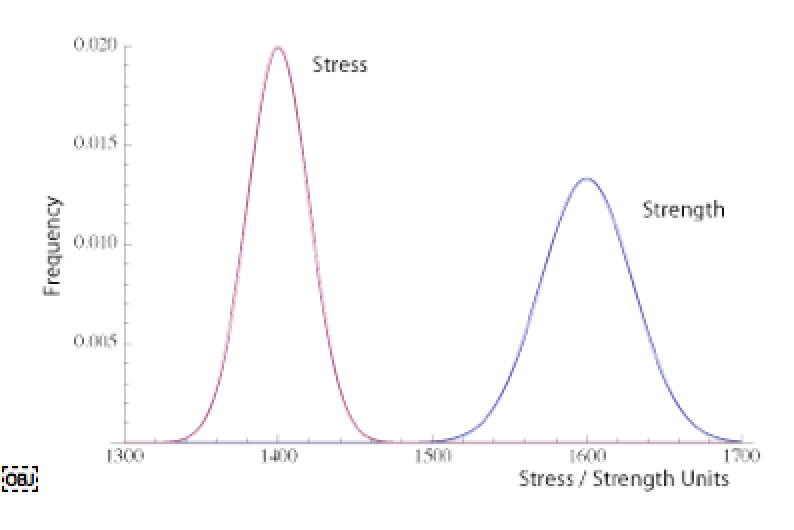Stress–Strength Concept
 Ideally, in every design of every component the stress–strength relationship looks like this figure:
Ideally, in every design of every component the stress–strength relationship looks like this figure: You will notice that the stress is well below the strength. This implies there is very little chance of failure as a result of the element being overstressed. Also, ideally, we fully characterize all stresses and all strengths for each element of a product. This is generally difficult to accomplish and it is rarely done to that extent. Continue reading
You will notice that the stress is well below the strength. This implies there is very little chance of failure as a result of the element being overstressed. Also, ideally, we fully characterize all stresses and all strengths for each element of a product. This is generally difficult to accomplish and it is rarely done to that extent. Continue reading